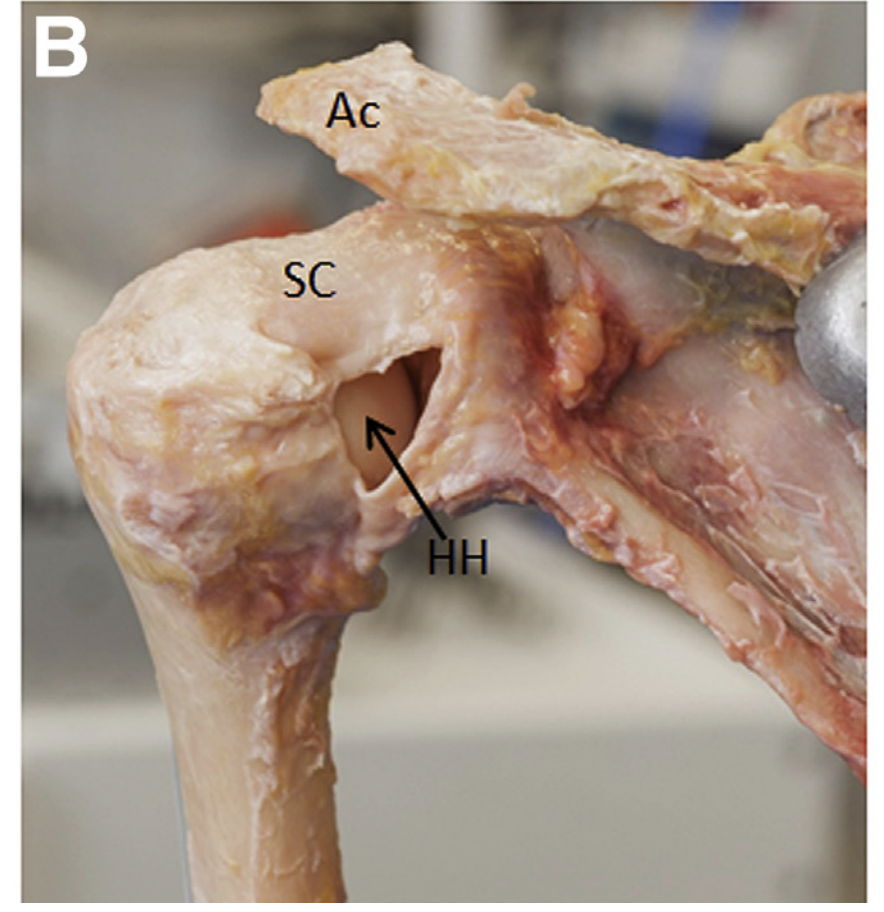The shoulder is one of the most complex and mobile joints in the human body, enabling a wide range of motion and functional activities. It is composed of several bones, including the humerus (upper arm bone), scapula (shoulder blade), and clavicle (collarbone). These bones are connected by a network of muscles, tendons, and ligaments that work together to stabilize and move the shoulder joint. The rotator cuff, a group of four muscles and their tendons, plays a crucial role in maintaining shoulder stability and facilitating movements such as lifting, rotating, and reaching. This intricate structure allows for a remarkable range of motion, making the shoulder essential for everyday activities and various athletic endeavors.
Despite its versatility, the shoulder is prone to various injuries and conditions due to its complex anatomy and extensive use. Common shoulder issues include rotator cuff tears, impingement syndrome, dislocations, and arthritis. These conditions can result from acute trauma, repetitive stress, or degenerative changes over time. Proper diagnosis and treatment are crucial for managing shoulder problems and often involve a combination of rest, physical therapy, medication, and, in severe cases, surgery. Preventative measures, such as strengthening exercises and ergonomic adjustments, can help maintain shoulder health and prevent injuries. Understanding the shoulder’s anatomy and function is key to appreciating its importance in daily life and ensuring its long-term health.
Shoulder Surgery
Shoulder surgery is amazing. A device called an arthroscope allows us to repair many shoulder problems in a minimally-invasive manner; instead of opening the shoulder joint we can access it through two small portals, resulting in less time in the OR, less risk of infection and a shorter recovery period.

